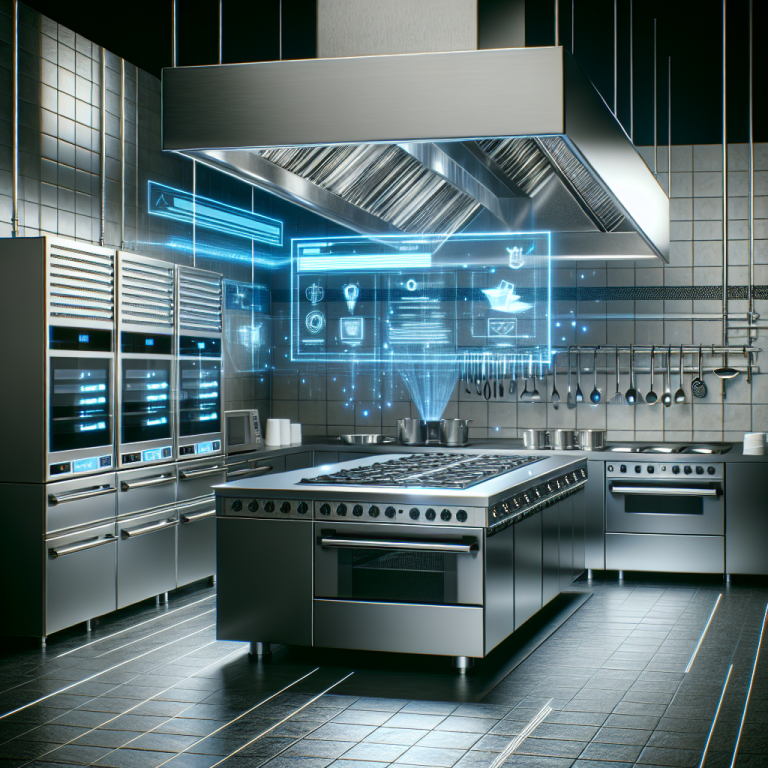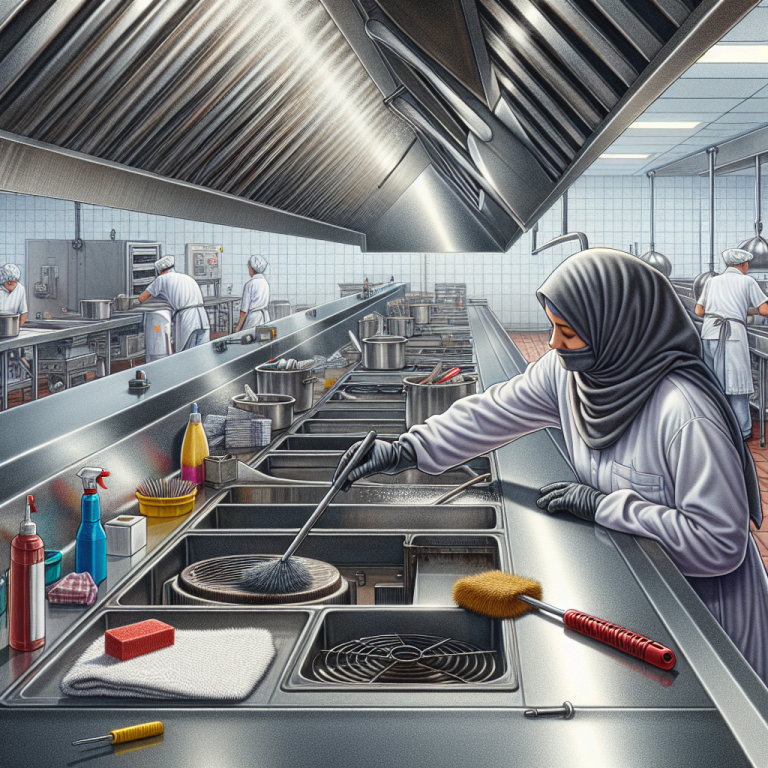Global Restaurant Hood Cleaning: Tips for Diverse Culinary Cultures
Hood Cleaning Across Cultures: Insights for a Grease-Free Culinary World
When it comes to hood cleaning in restaurants, no one size fits all. Different cultural cuisines bring distinct challenges that can make restaurant hood cleaning a complex and meticulous task. Whether you’re running a bustling teppanyaki grill in Phoenix or managing a serene Indian restaurant, understanding the unique needs tied to commercial kitchen hood cleaning can elevate your business. Let’s journey across different culinary landscapes and uncover how exhaust hood cleaning varies from one cuisine to another.
Japanese Cuisine: Precision and Attention to Detail
Japanese restaurants, known for sushi bars and teppanyaki grills, offer a very specific set of challenges for hood cleaning. Teppanyaki grills, with their high-heat cooking and constant flames, produce a considerable amount of grease and smoke, necessitating frequent and thorough exhaust hood cleaning.
- High Heat Cooking: Teppanyaki grills operate at high temperatures, leading to grease vapor accumulation in the hoods.
- Frequent Cleaning: Daily cleaning of grease traps and ducts is recommended.
- Attention to Detail: Ensure that every nook and cranny is cleaned to prevent grease build-up and potential fire hazards.
Regular inspections and precise restaurant hood cleaning regimens ensure a safe and efficient kitchen environment.
Indian Cuisine: Spices and Smoke
Indian cuisine, famous for its aromatic spices and rich, creamy dishes, poses another set of unique challenges for commercial kitchen hood cleaning. The heavy usage of ghee (clarified butter) and oil can result in a rapid build-up of grease, while the use of spices can make the cleaning process more intricate.
- Grease and Oil Build-up: The reliance on ghee and oil means hoods can quickly become clogged with greasy residue.
- Spice Particulates: Spices can leave a fine dust that requires careful and thorough cleaning.
- Regular Maintenance: Monthly deep cleans and weekly routine clean-ups can keep these kitchens running smoothly.
Adopting a rigorous exhaust hood cleaning schedule helps in maintaining the kitchen’s air quality and ensures compliance with health and safety standards.
Italian Cuisine: Pizzas and Pastas
In Italian restaurants, the combination of pizza ovens and pasta stations can create a complex landscape for hood cleaning. Wood-fired pizza ovens, in particular, generate soot and creosote, which require specialized cleaning techniques.
- Soot and Creosote: Wood-fired ovens produce these substances, which can stick to the hoods if not cleaned properly.
- Combination of Cooking Methods: Managing both high-heat ovens and stovetop pastas demands versatile cleaning approaches.
- Frequent Inspections: Regular professional inspections ensure that the cleaning is thorough and effective.
Using a combination of mechanical and chemical cleaning methods can keep the hoods in pristine condition, ensuring the kitchen remains safe and productive.
American Fast Food: Grease and Speed
Fast food kitchens in America, including popular burger joints and fried chicken outlets, present a unique challenge for commercial kitchen hood cleaning due to their high-volume turnover and constant use of fryers and grills.
- High-Volume Cooking: Continuous cooking leads to a quick accumulation of grease.
- Fryer Usage: Regularly used fryers spew oil particles into the air, settling in the exhaust system.
- Daily Cleaning: Nightly clean-ups and weekly professional services are essential to handle the grease effectively.
Investing in high-quality grease filters and scheduling regular restaurant hood cleaning can make a world of difference in these fast-paced environments.
Mexican Cuisine: Smoky and Flavorful
Mexican restaurants are known for their vibrant flavors, involving a lot of grilling and sautéing. These cooking methods can lead to significant smoke and grease capture, requiring strategic exhaust hood cleaning.
- Grilling and Sautéing: These methods produce smoky, greasy emissions that need to be effectively managed.
- Seasonal Ingredients: Frequent changes in ingredients may necessitate different cleaning approaches.
- Heavy Use of Oils: Similar to Indian cuisine, the use of oils demands regular and deep cleaning.
Ensuring that exhaust fans and ductwork are frequently cleaned can prevent grease fires and maintain air quality, making Mexican restaurant kitchens safer and more efficient.
Conclusion
Hood cleaning is more than a routine procedure; it’s a crucial maintenance task that varies significantly based on the type of cuisine being prepared. From the precision-heavy Japanese teppanyaki grills to the grease-laden American fast food kitchens, each presents unique challenges. Understanding these specific cleaning needs, employing regular inspection schedules, and partnering with professional cleaning services can ensure a safe, efficient, and compliant kitchen environment.
For more information or professional assistance in exhaust hood cleaning in Phoenix, visit our recommended service provider. Keeping your kitchen hoods clean is not just about hygiene; it’s about keeping your culinary operations running smoothly and safely.







